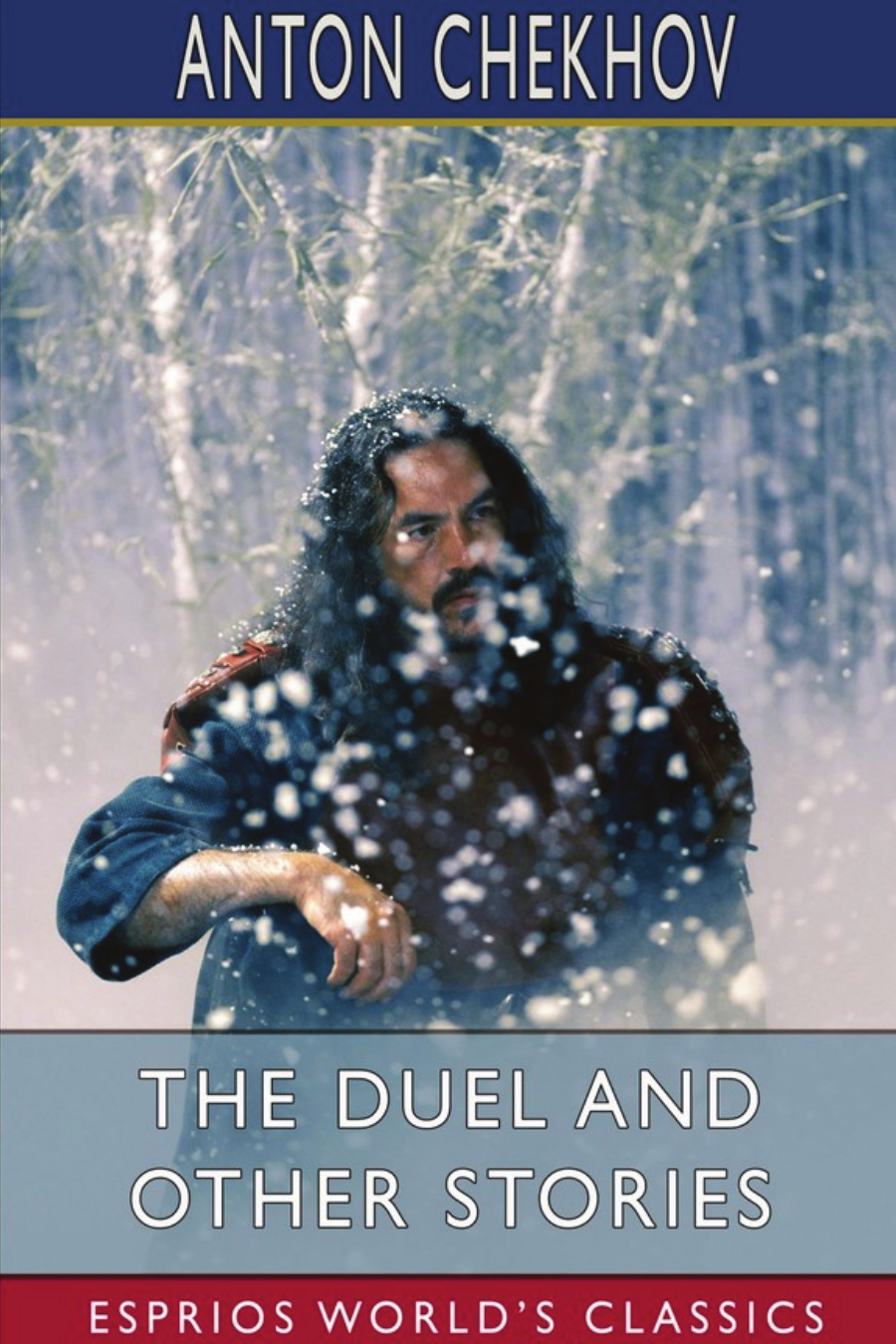

The Duel and Other Stories (Esprios Classics)
Translated by Constance Garnett
Anton Pavlovich Chekhov (1860-1904) was a Russian short story writer and a playwright. His playwriting career produced four classics, while his best short stories are held in high esteem by writers and critics. Chekhov practiced as a doctor throughout most of his literary career: "Medicine is my lawful wife, " he once said, "and literature is my mistress". Chekhov renounced the theatre after the disastrous reception of The Seagull in 1896; but the play was revived to acclaim by Constantin Stanislavski's Moscow Art Theatre, which subsequently also produced Uncle Vanya and premiered Chekhov's last two plays, Three Sisters and The Cherry Orchard. His originality consists in an early use of the stream-of-consciousness technique combined with a disavowal of the moral finality of traditional story structure.
- 210 pages
- Paperback
- 6in × 9in
- Black & White
- 979-889734438-3
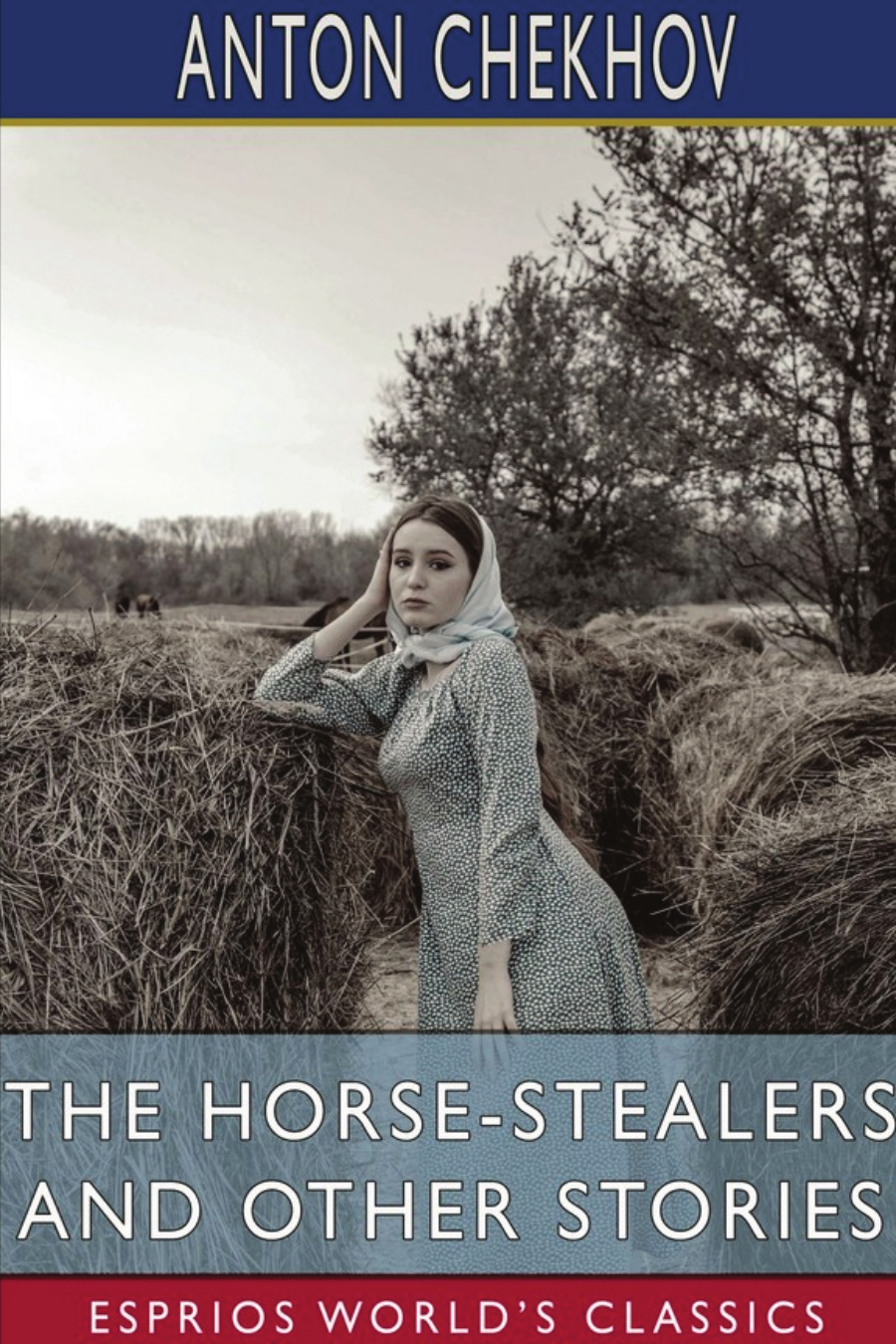

The Horse-Stealers and Other Stories (Esprios Classics)
Translated by Constance Garnett
Anton Pavlovich Chekhov (1860-1904) was a Russian short story writer and a playwright. His playwriting career produced four classics, while his best short stories are held in high esteem by writers and critics. Chekhov practiced as a doctor throughout most of his literary career: "Medicine is my lawful wife, " he once said, "and literature is my mistress". Chekhov renounced the theatre after the disastrous reception of The Seagull in 1896; but the play was revived to acclaim by Constantin Stanislavski's Moscow Art Theatre, which subsequently also produced Uncle Vanya and premiered Chekhov's last two plays, Three Sisters and The Cherry Orchard. His originality consists in an early use of the stream-of-consciousness technique combined with a disavowal of the moral finality of traditional story structure.
- 198 pages
- Paperback
- 6in × 9in
- Black & White
- 979-889734439-0
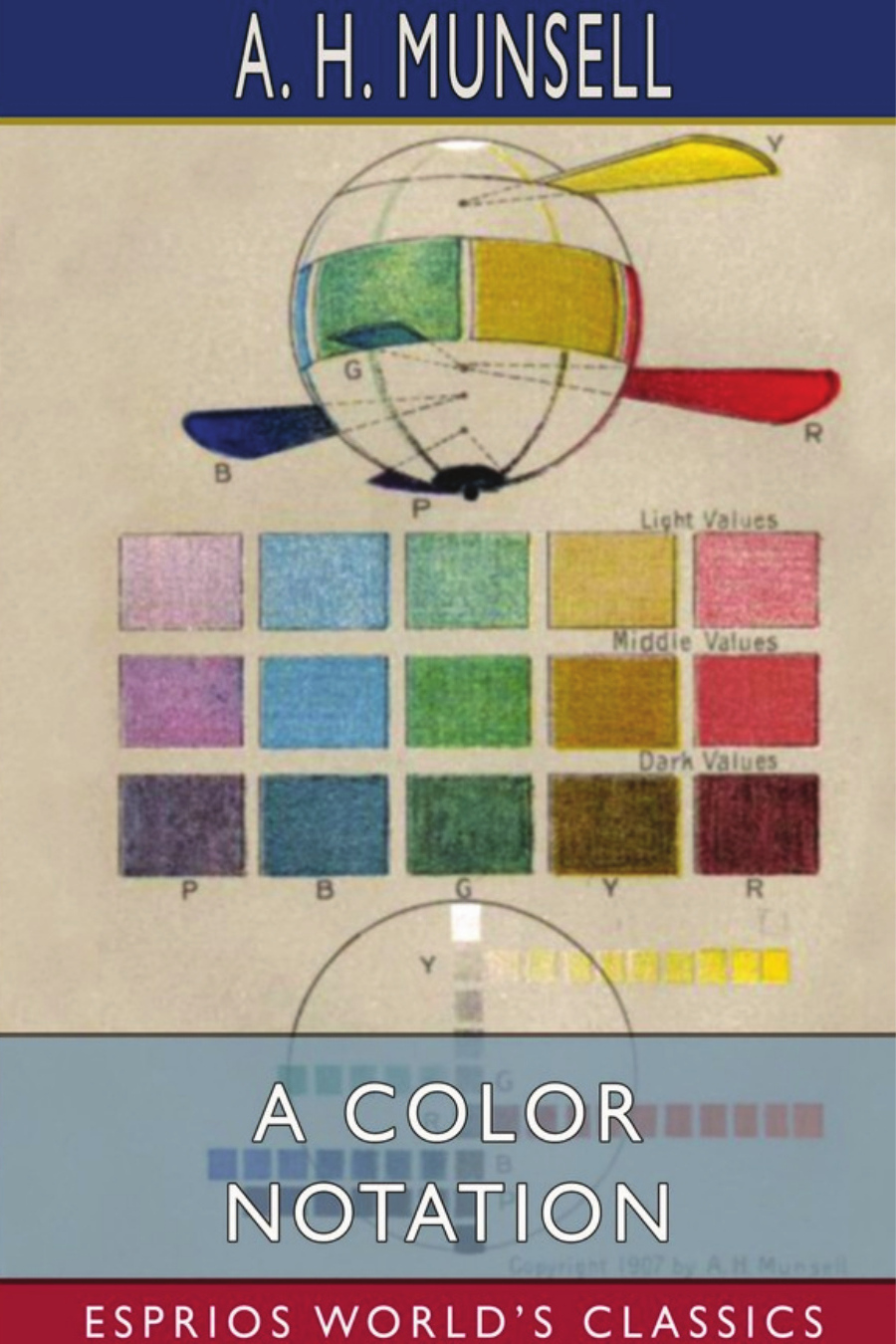

A Color Notation (Esprios Classics)
Albert Henry Munsell (1858–1918) was an American painter, teacher of art, and the inventor of the Munsell color system.He was born in Boston, Massachusetts, attended and served on the faculty of Massachusetts Normal Art School, and died in nearby Brookline. As a painter, he was noted for seascapes and portraits. Munsell is famous for inventing the Munsell color system, an early attempt at creating an accurate system for numerically describing colors. He wrote three books about it: A Color Notation (1905), Atlas of the Munsell Color System (1915) and one published posthumously, A Grammar of Color: Arrangements of Strathmore Papers in a Variety of Printed Color Combinations According to The Munsell Color System (1921).
- 114 pages
- Paperback
- 6in × 9in
- Black & White
- 979-889734568-7
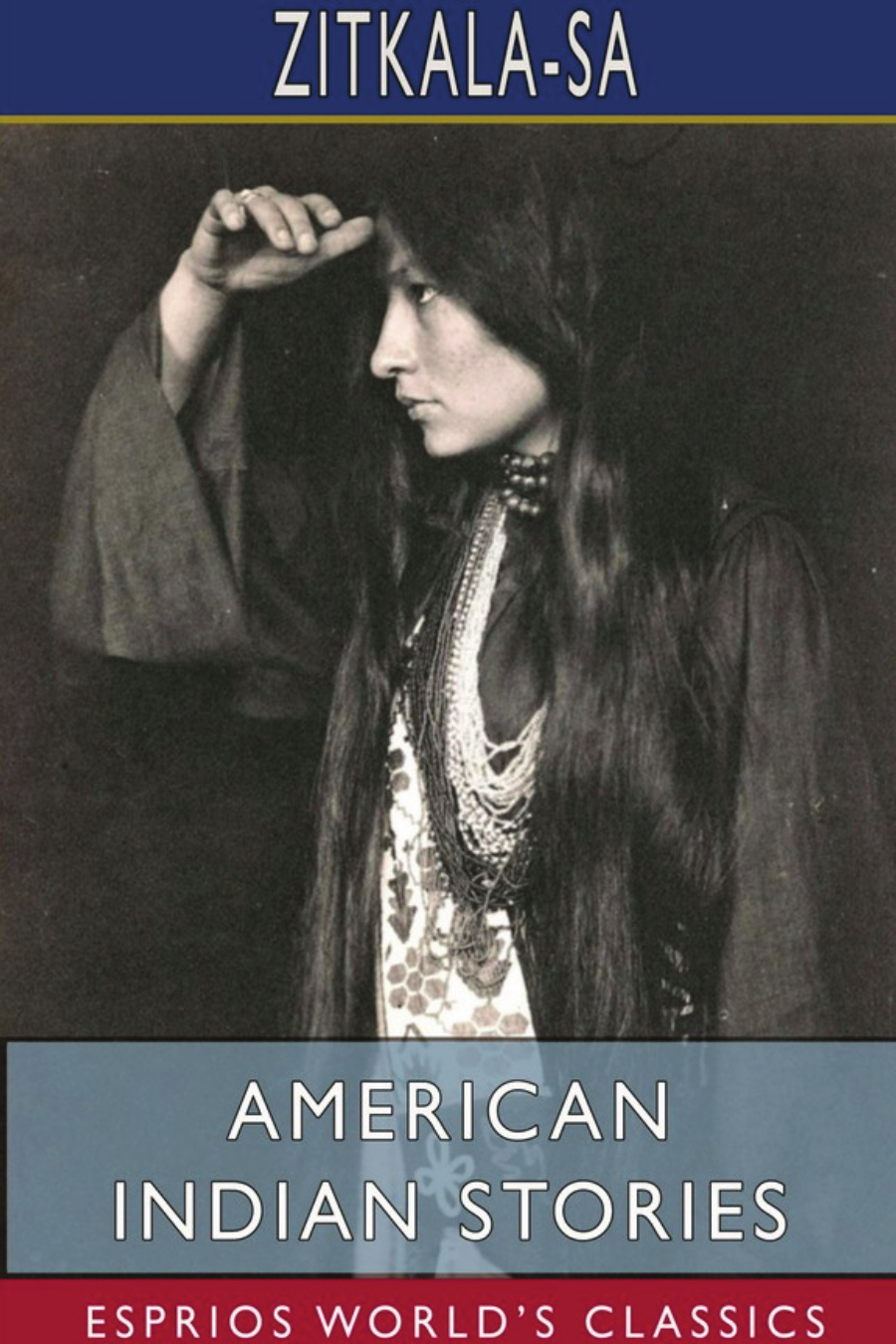

American Indian Stories (Esprios Classics)
Zitkála-Šá (1876–1938) (Red Bird), also known as Gertrude Simmons Bonnin, her missionary-given and later married name, was a Yankton Dakota writer, editor, translator, musician, educator, and political activist. She wrote several works chronicling her struggles with cultural identity and the pull between the majority culture she was educated within and her Dakota culture into which she was born and raised. Her later books were among the first works to bring traditional Native American stories to a widespread white English-speaking readership, and she has been noted as one of the most influential Native American activists of the 20th century. She was co-founder of the National Council of American Indians in 1926, which was established to lobby for Native people’s right to United States citizenship and other civil rights they had long been denied.
- 94 pages
- Paperback
- 6in × 9in
- Black & White
- 979-889734569-4
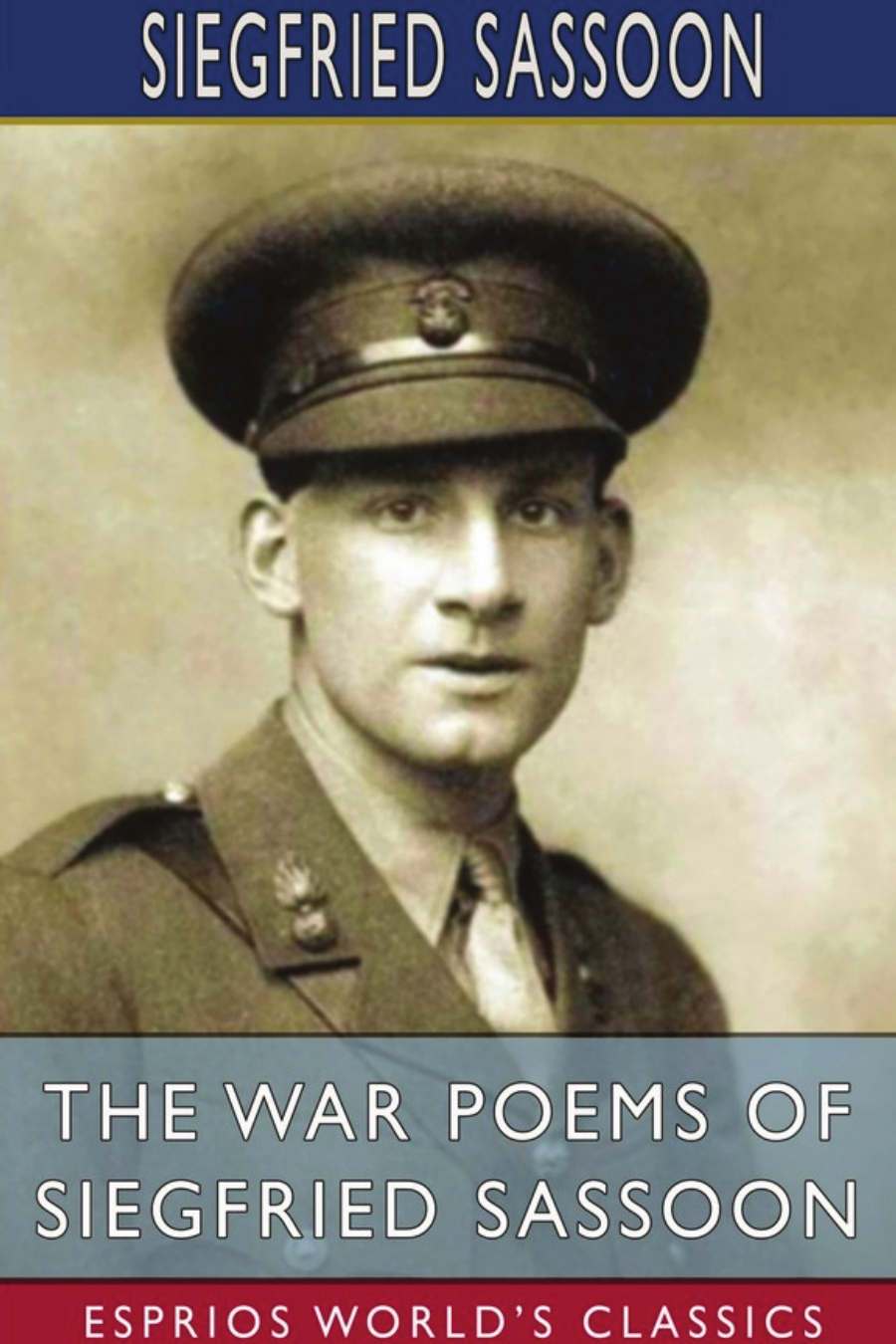

The War Poems of Siegfried Sassoon (Esprios Classics)
Siegfried Loraine Sassoon, CBE, MC (8 September 1886 – 1 September 1967) was an English poet, writer, and soldier. Decorated for bravery on the Western Front, he became one of the leading poets of the First World War. His poetry both described the horrors of the trenches and satirised the patriotic pretensions of those who, in Sassoon's view, were responsible for a jingoism-fuelled war. Sassoon became a focal point for dissent within the armed forces when he made a lone protest against the continuation of the war in his "Soldier's Declaration" of 1917, culminating in his admission to a military psychiatric hospital. Sassoon later won acclaim for his prose work, notably his three-volume fictionalised autobiography, collectively known as the "Sherston trilogy".
- 83 pages
- Paperback
- 6in × 9in
- Black & White
- 979-889734570-0